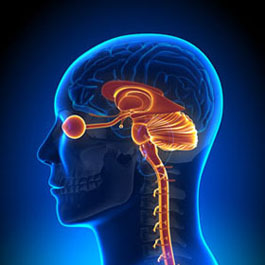 A new study sheds light on mental illnesses including depression, addiction, anxiety, and post-traumatic stress disorder. Researchers at MIT studied the almond-sized region known as the amygdala. Here, they discovered neurons that form parallel channels that carry information about pleasant or unpleasant events.
A new study sheds light on mental illnesses including depression, addiction, anxiety, and post-traumatic stress disorder. Researchers at MIT studied the almond-sized region known as the amygdala. Here, they discovered neurons that form parallel channels that carry information about pleasant or unpleasant events.
During the study, researchers wanted to understand what those neurons do as an animal reacts to a frightening or pleasurable stimulus. To do so, they tagged each population with a light-sensitive protein called channelrhodopsin. In three groups of mice, they labeled cells projecting to the nucleus accumbens, the centromedial amygdala, and a third population that connects to the ventral hippocampus.
Then, the researchers trained the mice to discriminate between two different sounds, one associated with a reward (sugar water) and the other associated with a bitter taste (quinine). The electrical activity was recorded from each group of neurons as the mice encountered the two stimuli. This technique allows scientists to compare the brain’s anatomy and its physiology.
“Among the neurons that project to the nucleus accumbens, most were excited by the rewarding stimulus and did not respond to the aversive one. Among neurons that project to the central amygdala, most were excited by the aversive cue but not the rewarding cue. Among neurons that project to the ventral hippocampus, the neurons appeared to be more balances between responding to the positive and negative cues.”
The findings suggest that to fully understand how the brain processes emotions, neuroscientists will have to delve deeper into more specific populations of the brain.
Read the full article here.
Trafton, A. (2016). How the brain processes emotions. Bioscience Technology. Retrieved from: https://bit.ly/1N3L3ZI
